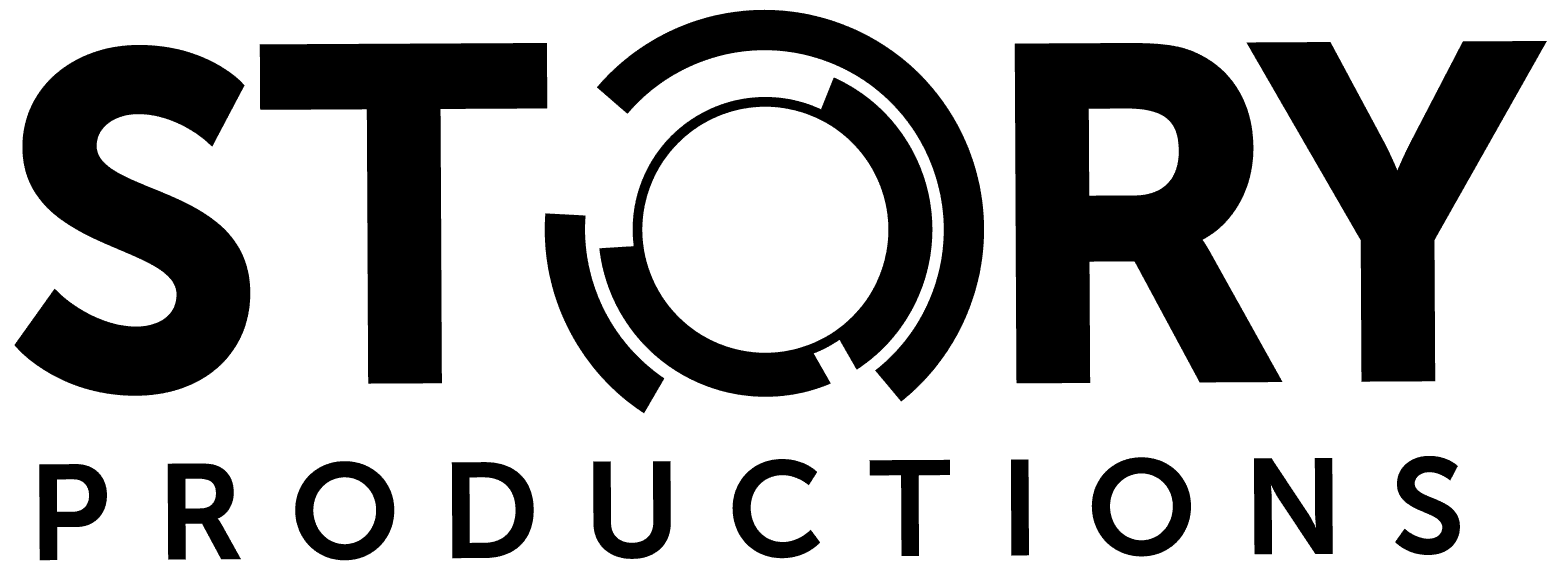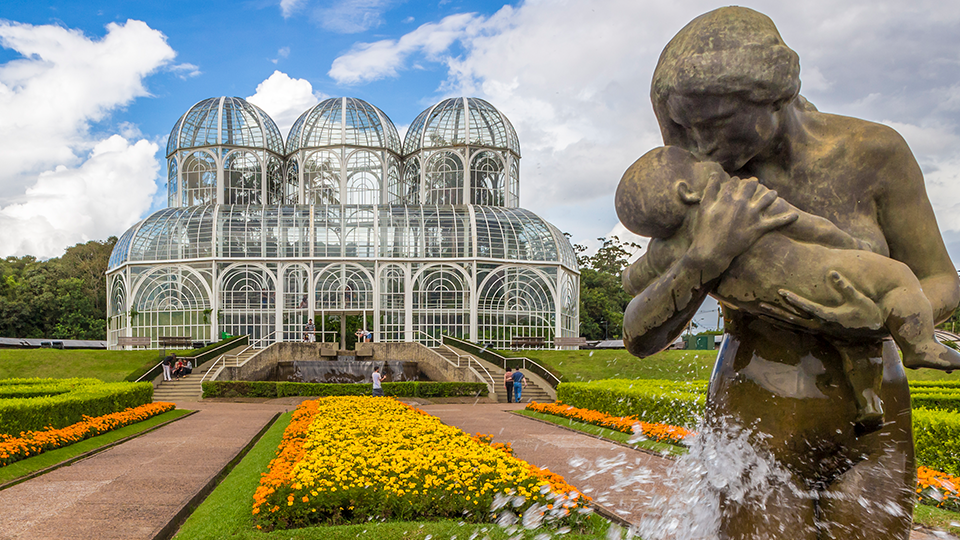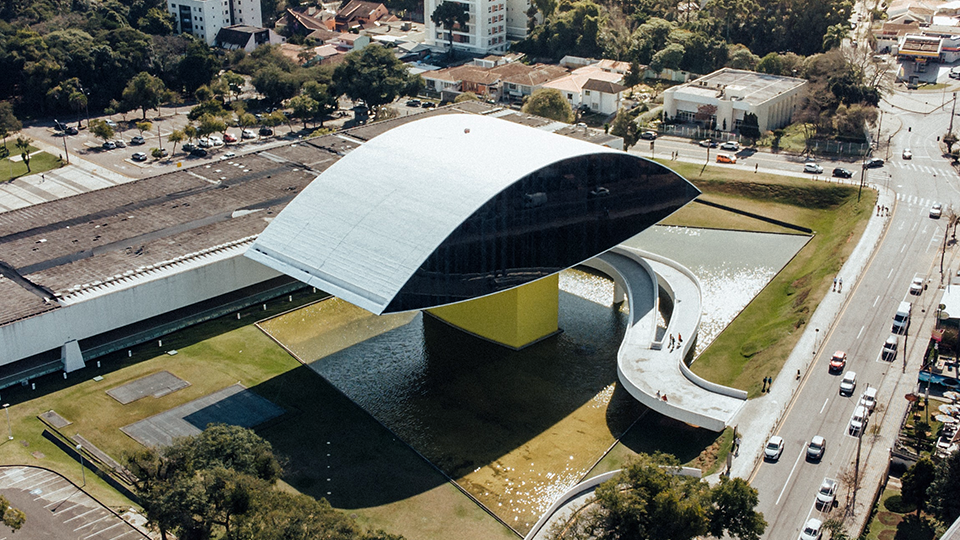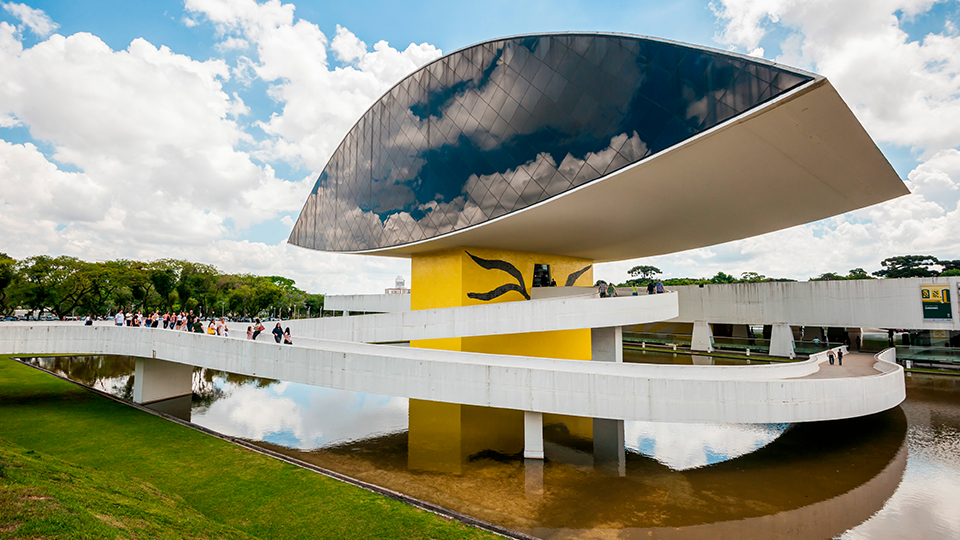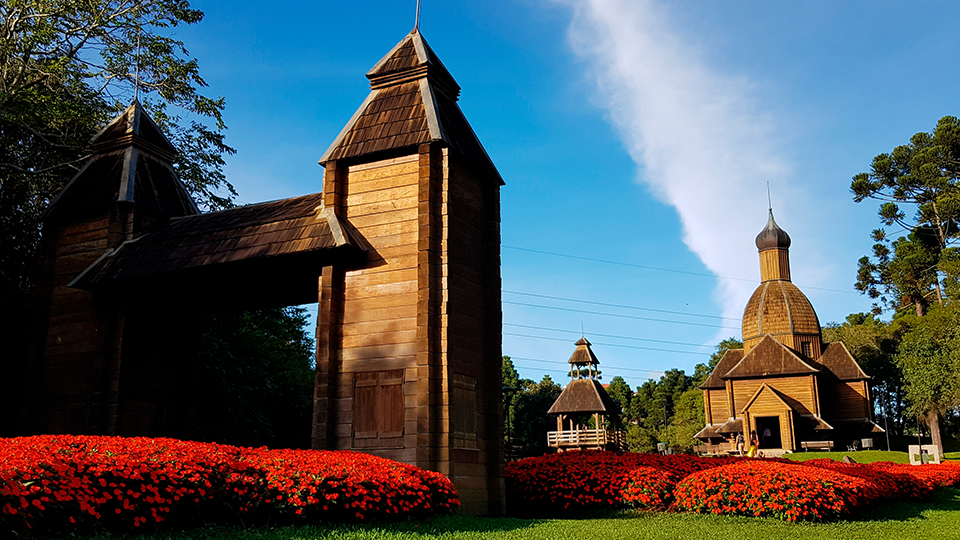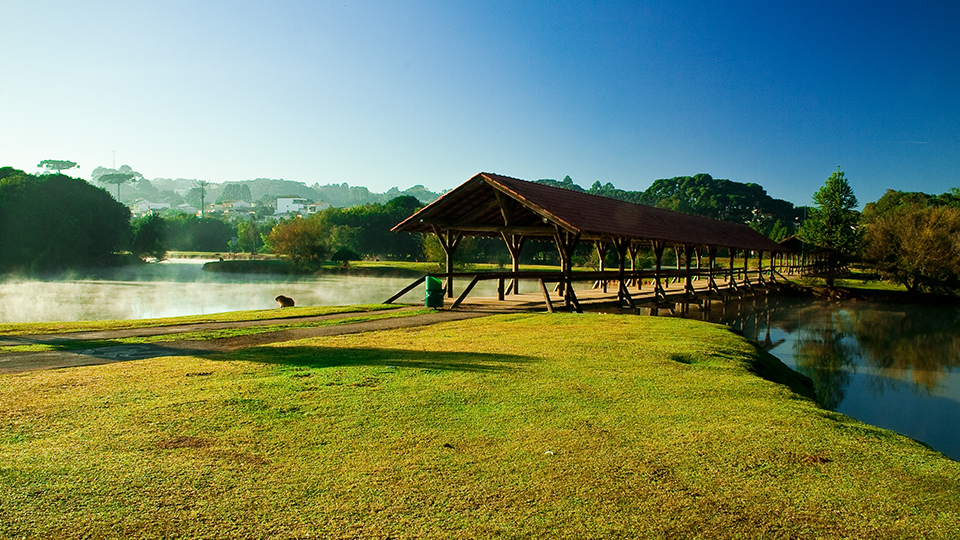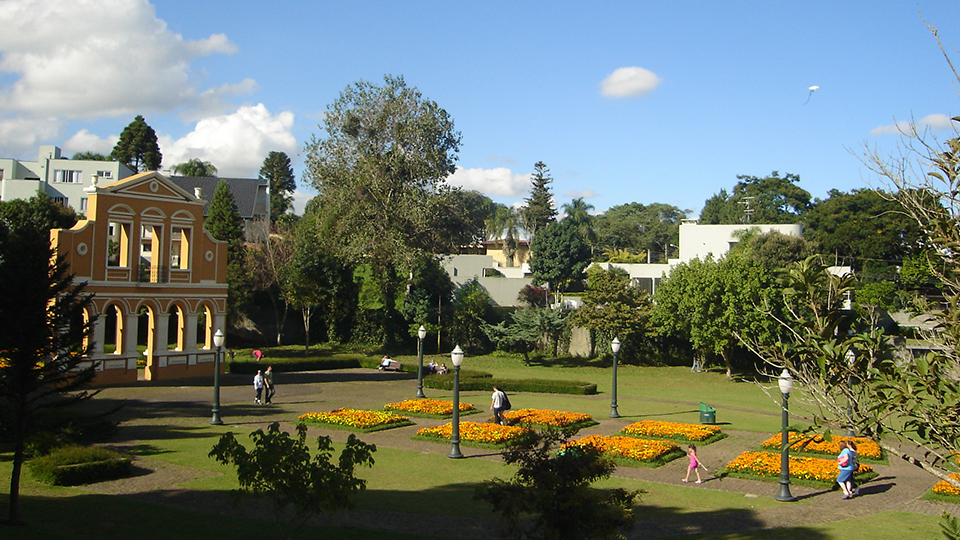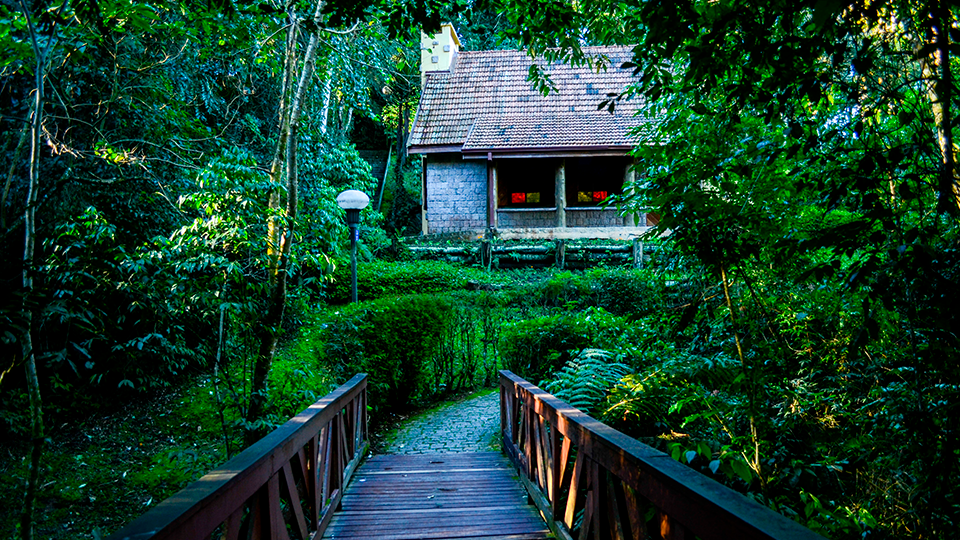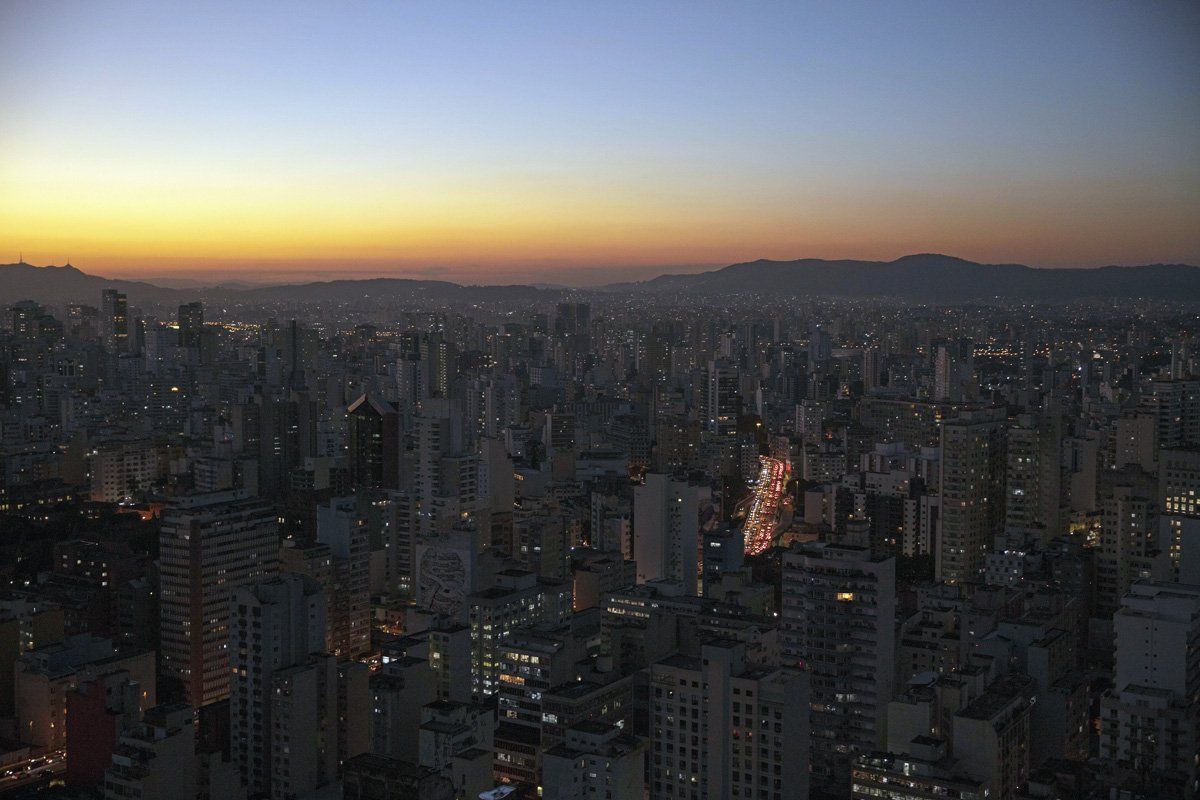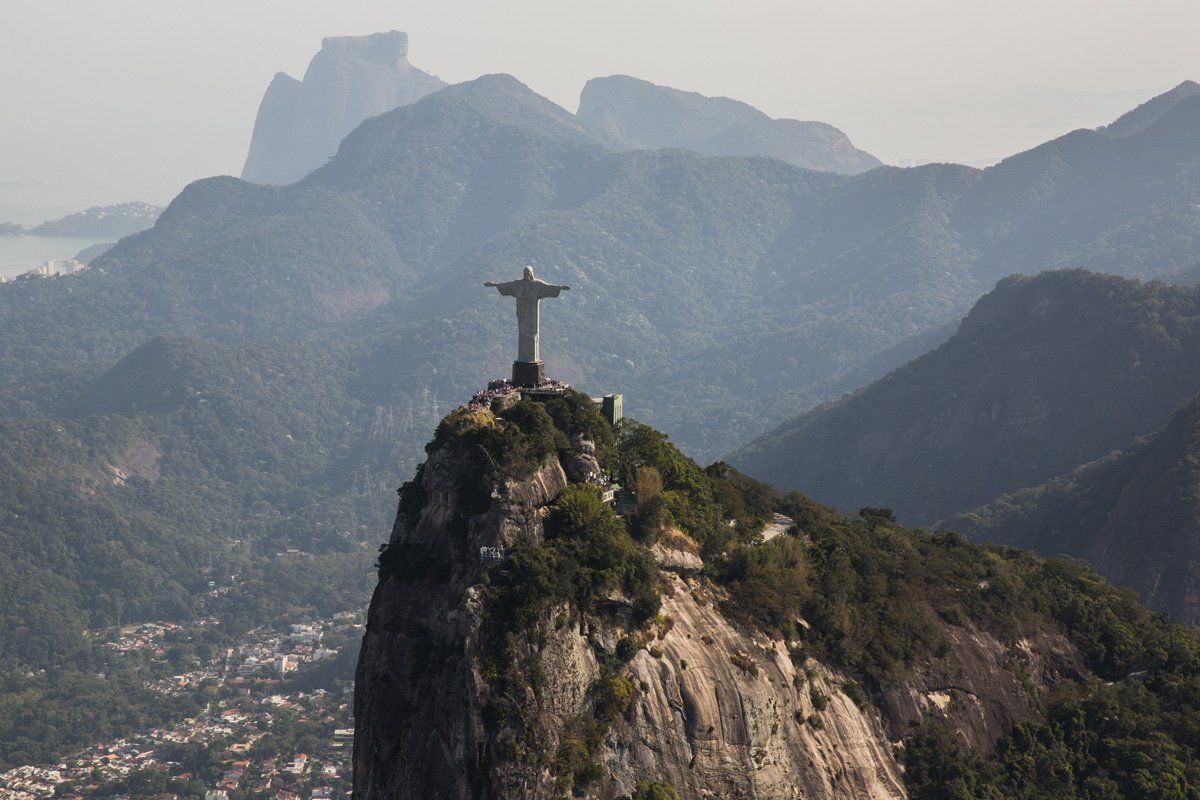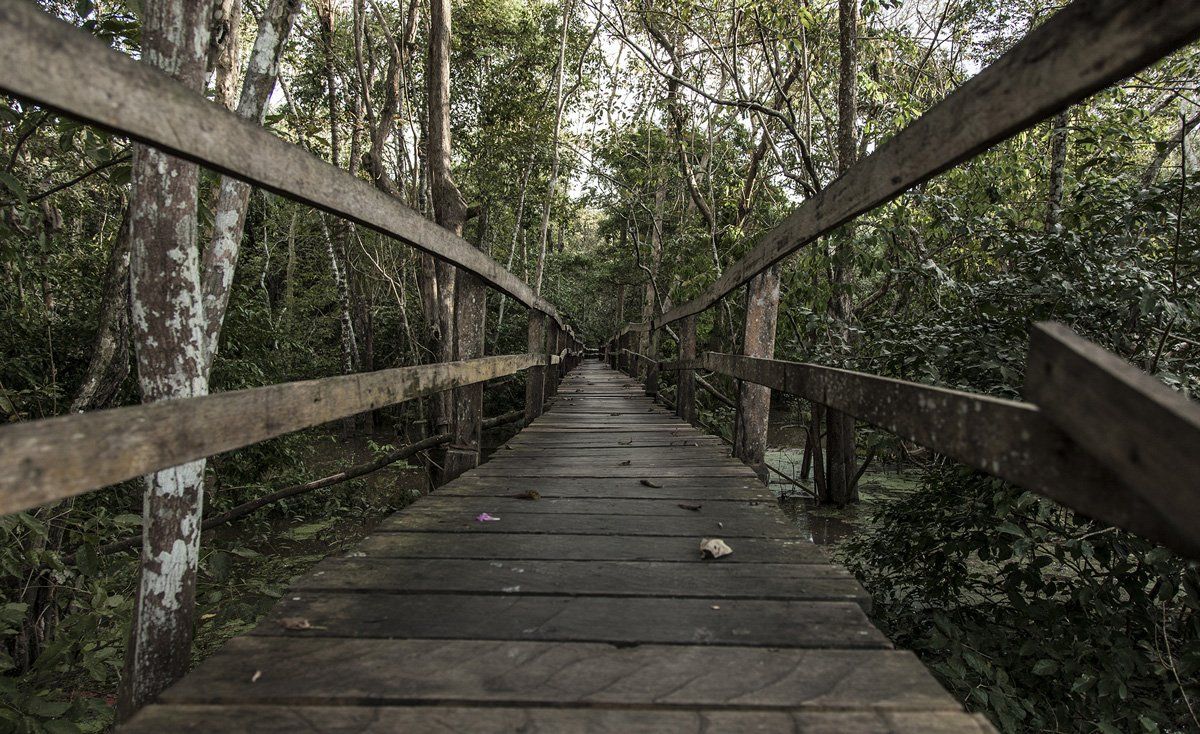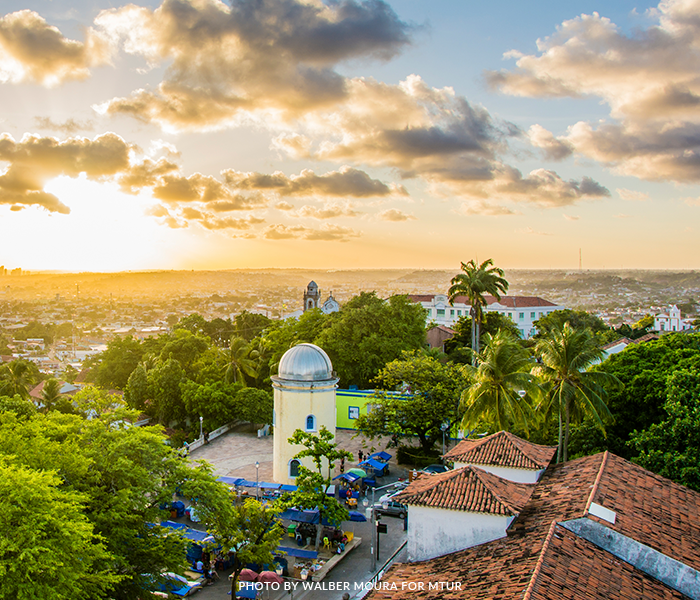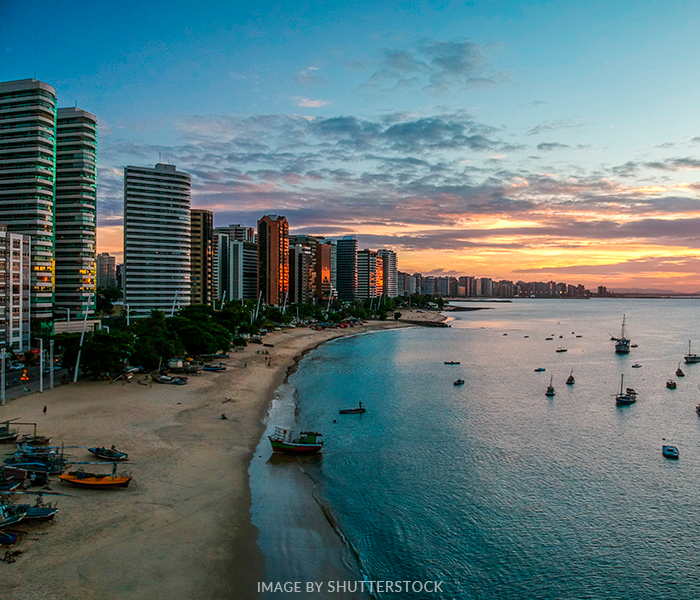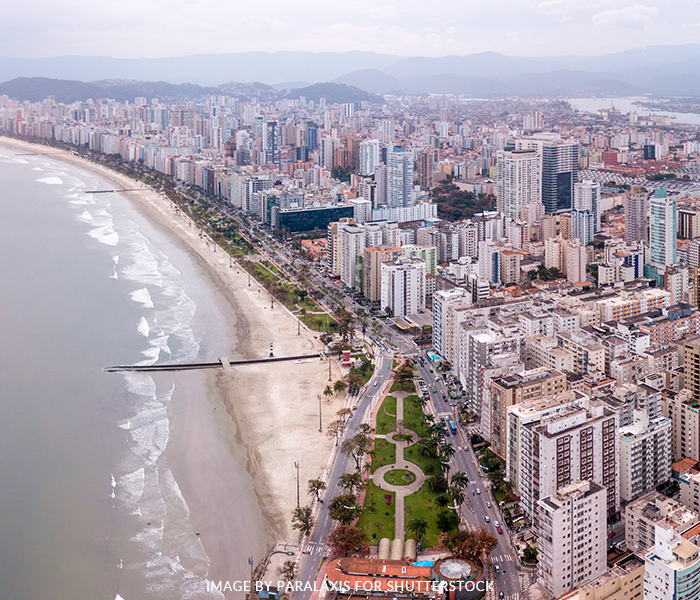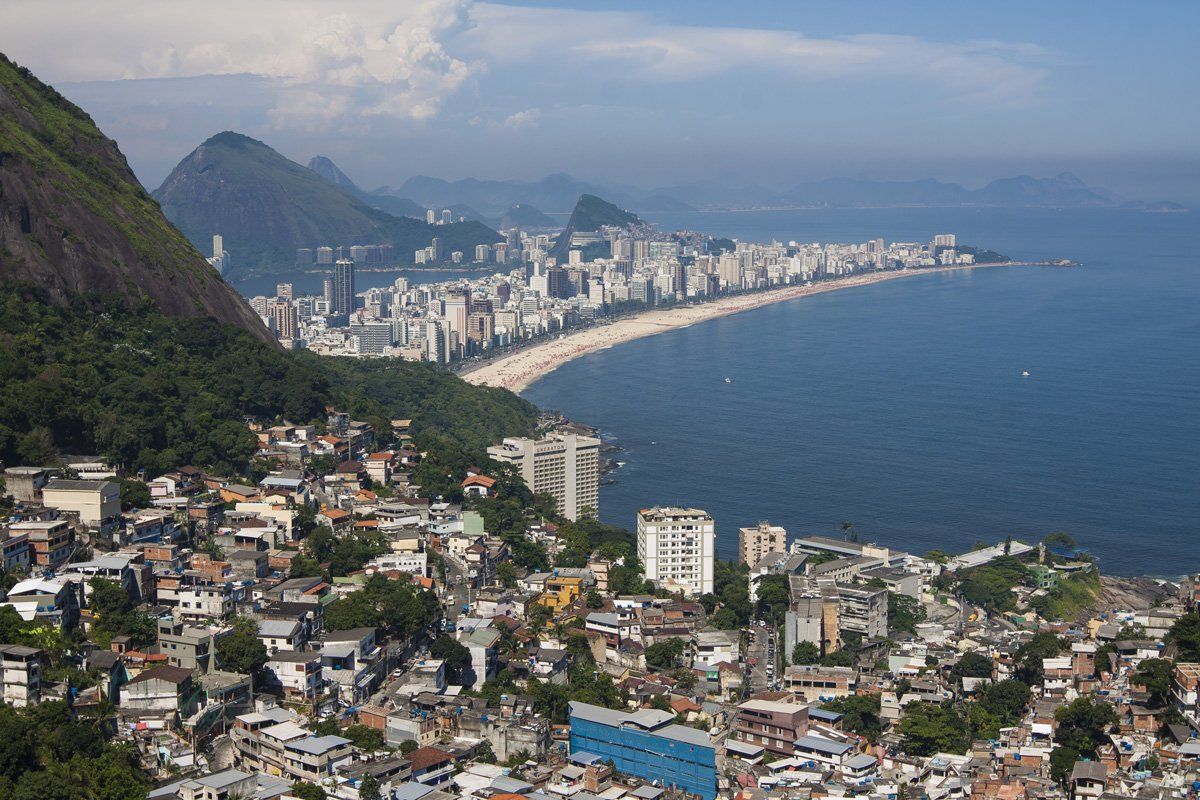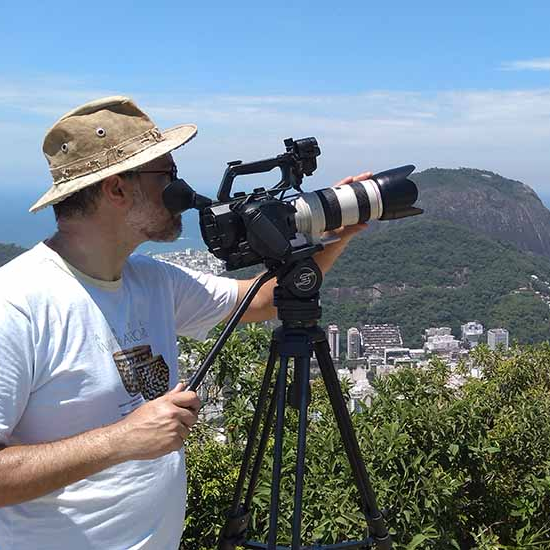Filming in Curitiba
Curitiba, the largest city in Southern Brazil, may not have the swagger of Rio de Janeiro nor the scale of São Paulo, but it is well respected for its progressive urban planning and sustainability credentials. Easy to get to, and easy to get around, Curitiba has qualified videomakers and production talent, making it one of Brazil’s go-to capitals for producers.

Curitiba is the Seattle of Brazil. For those in the know, it’s a pin-up of urban planning and sustainability. Settled mainly by European immigrants, it blends the old and the new, and has a booming alternative music scene. Neither too big nor too small, it has an abundance of diverse locations and yet is easy to navigate, catering to the needs of most audiovisual productions, from TV to corporate, films and documentaries.
Dating back to the 17th century, Curitiba didn’t begin to boom until the latter half of the 19th century, when waves of immigrants arrived from Europe and helped to build a city which often reminds visitors of Europe and its architecture.
Today, Curitiba is the capital of Paraná state and the largest metropolis in Southern Brazil. It has ranked among the world’s greenest cities, and was voted by Forbes magazine as the third smartest city in the world, considering its quality of life, infrastructure, economy and sustainability credentials. A planned city, it could easily pass for a North American city, and some even compare it to Seattle for its size, architecture and as the birthplace for many alternative rock bands. With a growing audiovisual sector, an international airport and easy domestic air connections, it’s easy to understand why it’s fast becoming a favourite for location scouts.
Why film in Curitiba?
01 Easy to get to
Curitiba is very well connected for travel, having been an important trading post in its early days that connected the South to the rest of the country. Today, it’s little more than a one hour flight down from São Paulo or Rio de Janeiro, and the city’s International Airport has direct flights to and from Buenos Aires, Lisbon and Paris, to name a few. The drive from São Paulo takes around six hours, and buses leave regularly throughout the day.
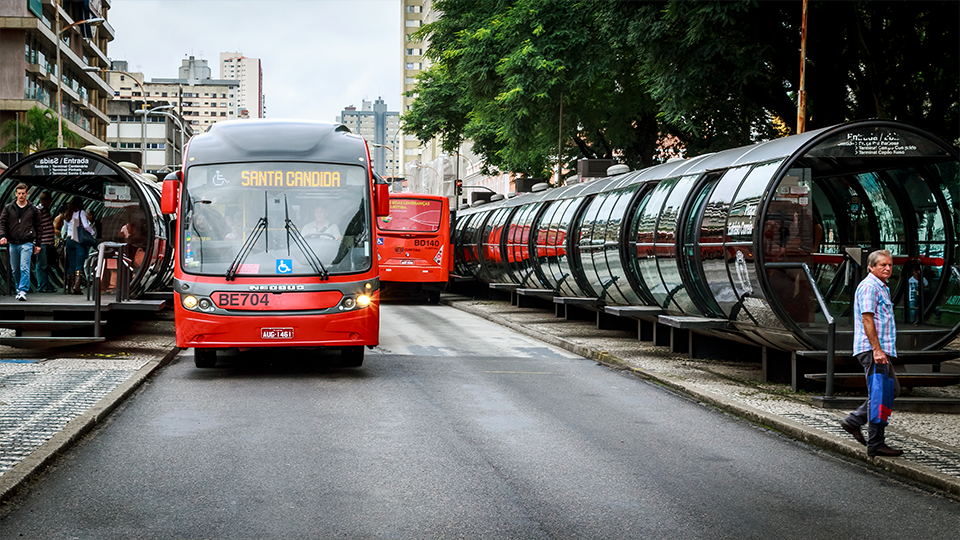
Public transportation - photo by Marcio Jose Bastos Silva by Shutterstock
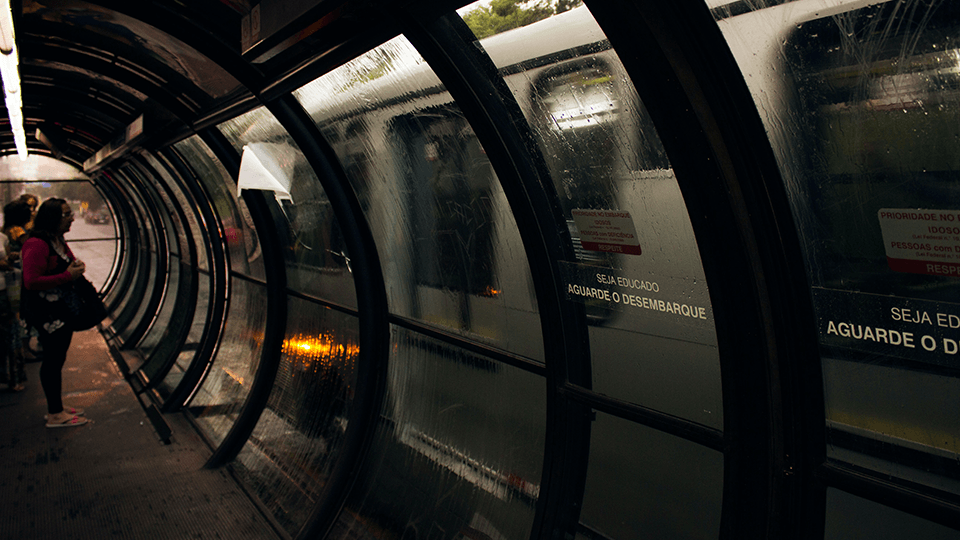
Public transportation - photo by Cassiano Somas
02 Easy to Get Around; shoot schedules can fit more in a day
Curitiba may be big - the biggest city in Southern Brazil - but it's much smaller compared to other state capitals in Brazil. Not only does this help productions to have more predictable shooting schedules, without the unknown of traffic jams, it also means crews can fit more into a day, as getting from one location to the next is quicker and easier.
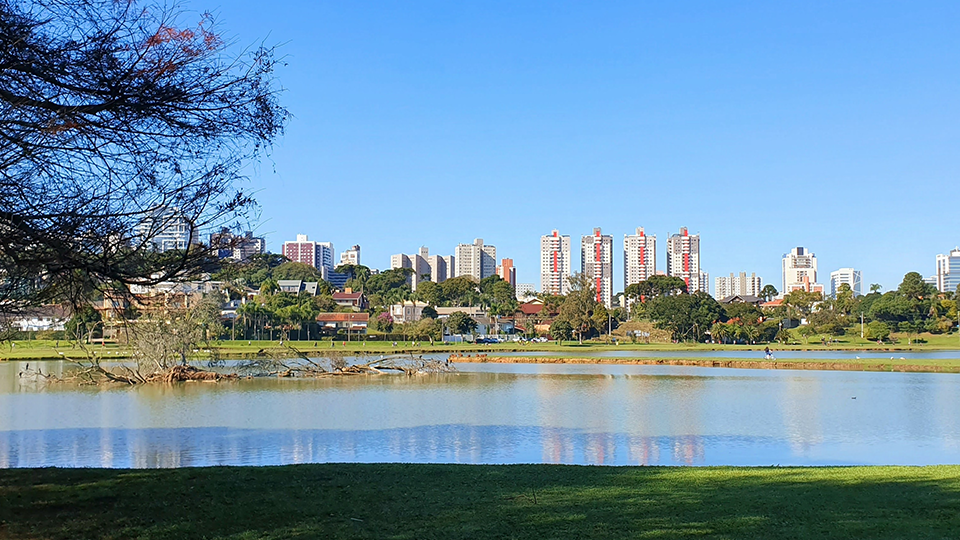
Barigui Park - photo by Mario Roberto Duran Ortiz
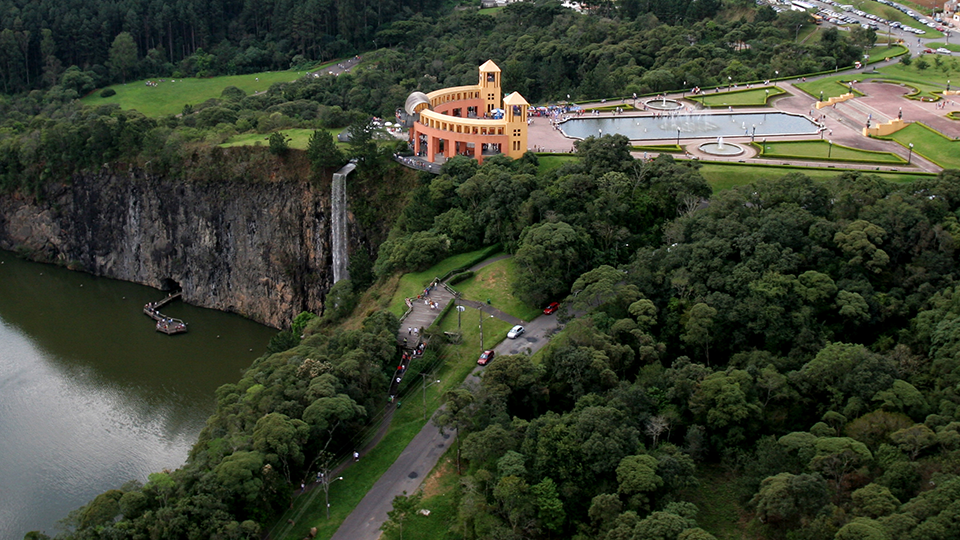
Tangua Park - photo by Secretaria Municipal de Comunicação Social
03 Moderate Climate
More than 100 miles south of the Tropic of Capricorn, Curitiba’s climate can feel more akin to Europe than the tropical Brazilian stereotype. Winters (June to August) tend to be mild and dry and summers (December to March) warm with the highest rainfall. In short, it’s a temperate climate and a safe bet for sunshine without it being too hot to film.
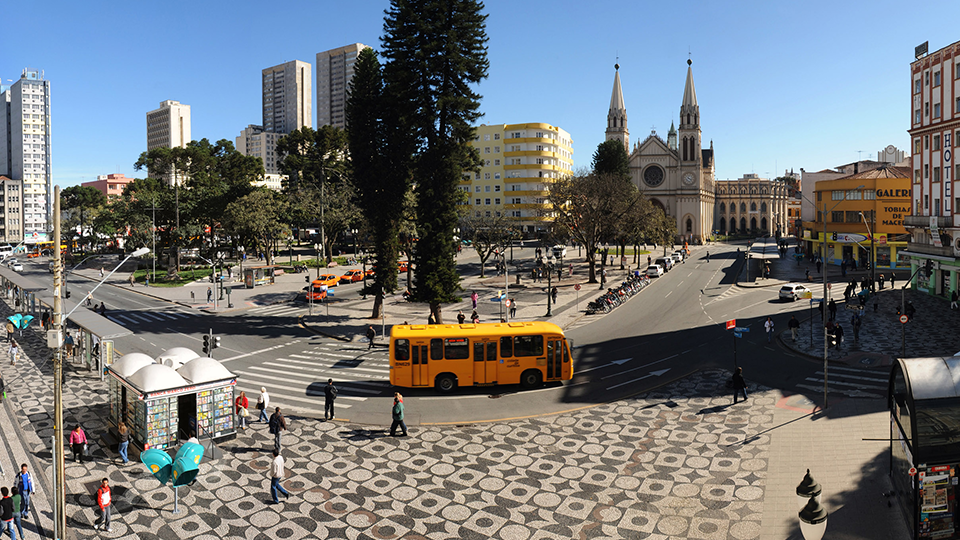
Tiradentes Square - photo by Secretaria Municipal de Comunicação Social
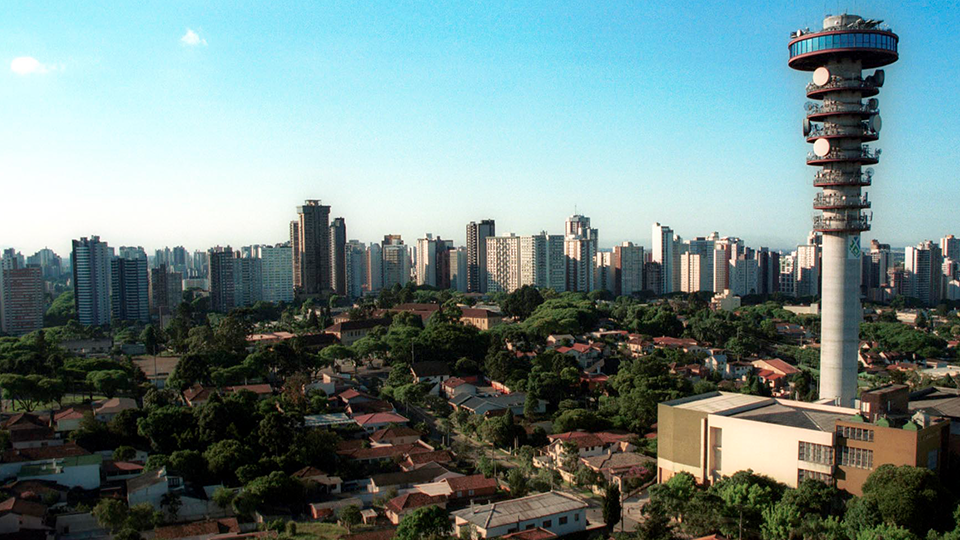
Panoramic Tower - photo by Secretaria Municipal de Comunicação Social
04 Modern Infraestructure
Curitiba is known as a city where things work and run on time, thanks to its modern and efficient infrastructure. In pre-pandemic times, the city welcomed around 6 million tourists a year on average and is set up to cater to visitors, both leisure and business, with a broad offering of hotels and restaurants. It also has a world-renowned public transport system. Additionally, Curitiba is home to a range of production studios and audiovisual equipment rental companies that provide state-of-the-art audiovisual gear, from cameras to drones and live-streaming equipment.
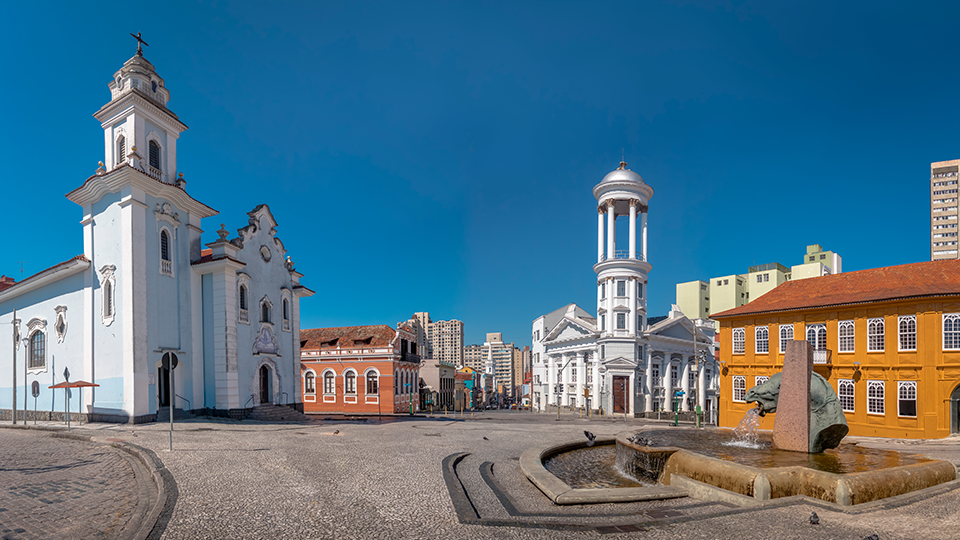
Garibaldi Square - photo by Diego Grandi for Shutterstock
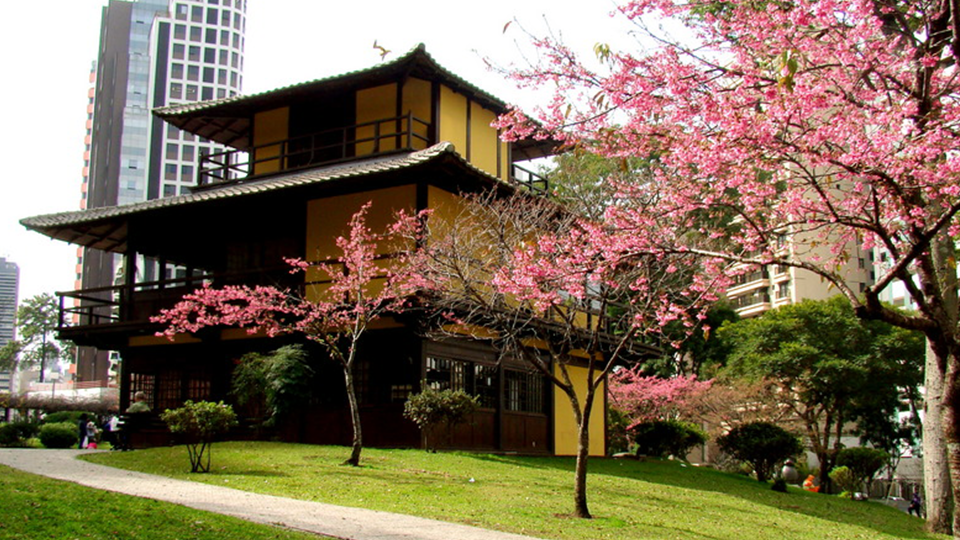
Japan Square - photo by Samir Nosteb
05 Multicultural Society
Curitiba, like many of Brazil’s capitals, has a population with a mix of heritages, which influence not just the curitibanos’ appearances but also the food, architecture and local customs. European immigrants in particular came to Curitiba during the 19th century. As with the rest of the South of Brazil, Germans were one of the largest groups to cross the Atlantic and establish a home in Curitiba. Italians, too, came in large numbers. Different from other parts of Brazil, however, is the strong presence of Eastern European immigrants, including from Poland and Ukraine, whose cultural influences and language still remain strong. Not far from Curitiba is Prudentópolis, Brazil’s so-called “Little Ukraine”, which has been making the international news for taking in Ukranian refugees following Russia’s recent invasion. In the 20th century, Curitiba also welcomed a significant number of Arab and Japanese immigrants, and is also home to Afro-Brazilian and Indigenous communities.

Liberdade Square - photo by Secretaria Municipal de Comunicação Social
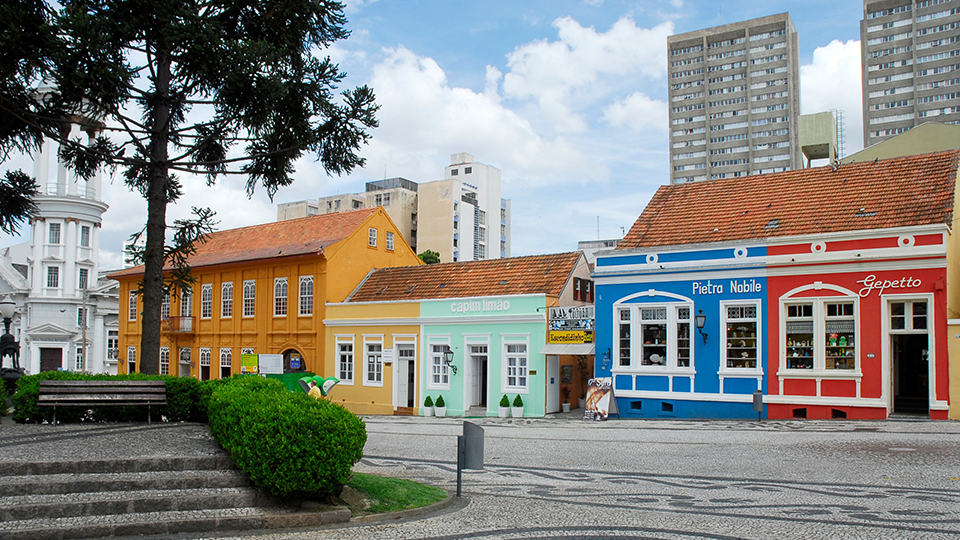
Historic Centre - photo by Secretaria Municipal de Comunicação Social
06 Scenic and Architectural Diversity
Curitiba’s architecture reflects the old and the new. Some of its buildings date back to the 19th century when the city was growing and becoming a gateway to the South of Brazil. Its historic centre has been completely restored. Colonial gems stand side by side with contemporary residential and commercial buildings. Goods left and immigrants arrived in the city via Paranaguá port – Brazil’s third largest container port, just 55 miles from Curitiba. Near the port are beaches, unspoiled islands, mountains and the largest continuous swathe of Atlantic Forest that remains in Brazil. In the city, greenery is abundant, too, thanks to its many parks and famous Botanical Gardens.
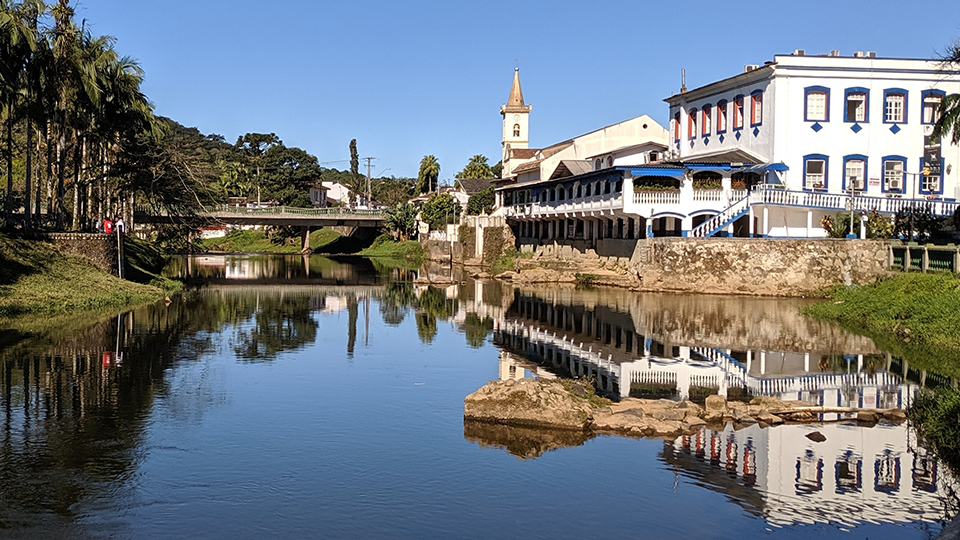
Morretes - photo by Alice Yamamura
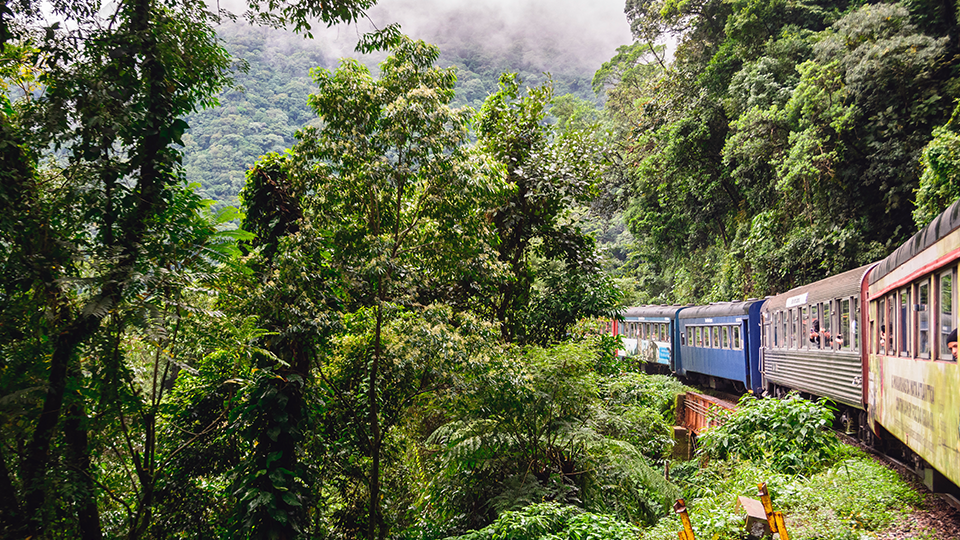
Train going through Sierra Verde - photo by Cintia MS Peixoto
07 Brazil’s most famous railway line
Between Paranaguá Port and Curitiba lies a vast swathe of Atlantic Forest, one of the most biodiverse ecosystems in the world, covering the steep escarpment of the Serra do Mar mountain range. The port and the city are connected by a railway line, built by a Belgian-French company, that is considered an engineering masterpiece of the late 19th century, although some 5,000 people are said to have died during its construction. Vintage steam trains still take tourists along the line (the Serra Verde Express), while cargo trains haul grain down to the port. The track drops nearly 1,000 metres down to sea level, passing beautiful forests and rolling hills, through 14 tunnels and across 30 bridges and viaducts.
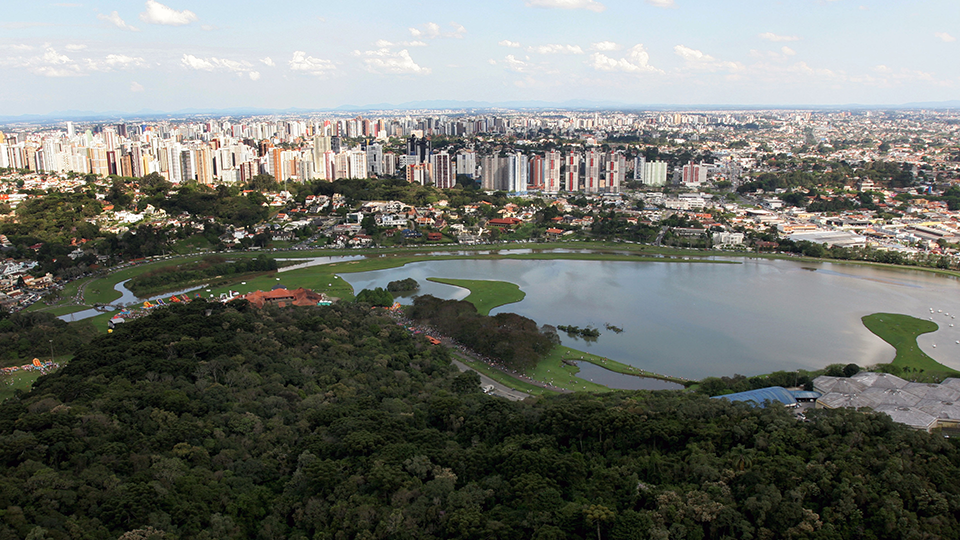
Barigui Park - photo by Secretaria de Comunicação Social
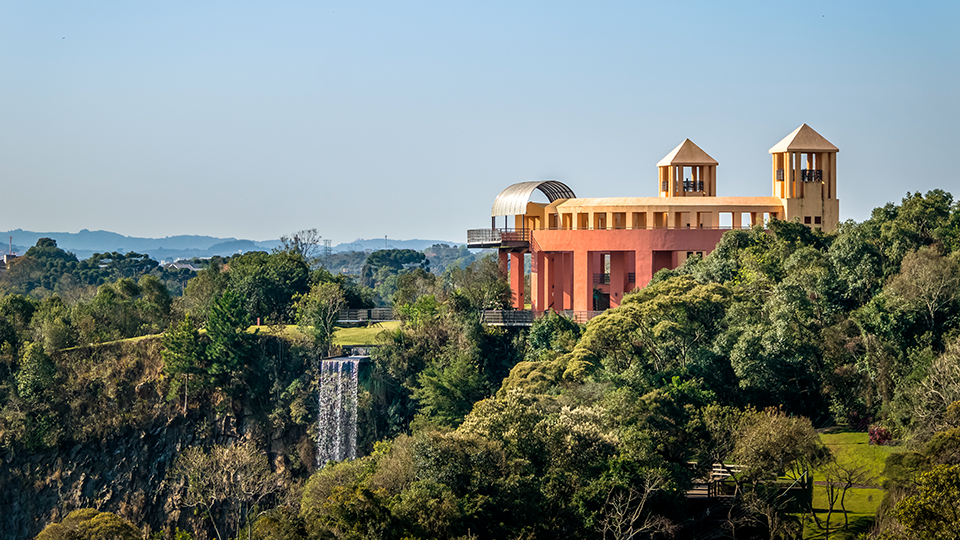
Tangua Park - photo by Diego Grandi for Shutterstock
08 An environmentally friendly city
Curitiba is a green city. Since the 1970s, it has planted 1.5 million trees and 28 public parks, bringing back an abundance of flora and fauna. It is also hailed as one of the world’s greenest cities thanks to its eco-friendly approach to urban planning, recycling, public transport, bicycle use and education on sustainability. In 2015, it was voted the most sustainable city in Latin America by Siemens and the Economist Intelligence Unit, in the Green Cities Index. As productions become increasingly aware of the need to lower their carbon footprint, cities like Curitiba become attractive filming destinations, especially when local crews shoot with a live link to a remote director, reducing the need for air travel.
09 A growing audiovisual sector
Curitiba hosts two film festivals each year: the Festival Internacional de Curitiba which has been running since 2012, celebrating independent cinema across all genres and formats; and the Petit Pavé - Festival de Cinema Independente de Curitiba which started out playing homage to local productions and is now a broader celebration of Brazilian cinema. The city has served as a set for numerous productions, including feature films such as Private Desert (Deserto Particular), which was chosen as Brazil’s entry for the 2022 Oscars. Curitiba is also recognised as a hub for animation talent, and its post-production houses. For international productions looking to film in Brazil, Curitiba is a less bureaucratic option in terms of getting permission to film when compared to other locations in Brazil, especially when it involves filming with children.
Key facts about Curitiba
Population: 1,963,726
Founding date: 1661
Location: 250 miles from São Paulo, 523 miles from Rio de Janeiro
State: Paraná
Region: South Brazil
Temperature: 17.2°C
Time zone:
GMT-3
10 Filming in Curitiba offers good value for money
Filming in Brazil offers good value for money when compared with locations in Europe and the USA, thanks in part to lower labour costs as well as a favourable exchange rate. When compared to filming in São Paulo or filming in Rio de Janeiro, Curitiba offers even better value, encouraging plenty of productions from elsewhere to organise shoots there, without having to compromise on access to talented video crews, studios or the latest equipment.
Top locations
Wire Opera House (Ópera de Arame)
Built in the early 1990s, the Wire Opera House is a theatre and concert hall that hosts a wide variety of performances, from opera to more popular musical productions, with a capacity of 2,400 guests. Located in the middle of an artificial lake, accessed via a walkway, it is built with a metallic tubular structure and a domed transparent roof. It’s one of Curitiba’s main tourist attractions.
Botanical Garden
One of the picture postcard attractions in Curitiba, the Botanical Gardens provide an expanse of green space in the middle of the city. Within the gardens lies a striking three-domed tropical glasshouse, 458m2 in size, that rivals London’s Kew Gardens in stature. Inspired by European architecture, the glasshouse is a highlight for visitors.
Oscar Niemeyer Museum
The Oscar Niemeyer museum is a national reference in Brazil when it comes to Brazilian Modernist architecture. The museum has an annex known as the “Olho”, literally “Eye”, due to its shape – an example of the daring designs and curved concrete for which Niemeyer is famed. With around 14,000 works of art, it is considered one of the largest art museums in Latin America.
Ukrainian Memorial
This memorial commemorates the contribution of Curitiba’s Eastern European community to the city. Located in Tingui Park, the memorial was built in the 1990s to celebrate the centenary of the Ukrainian immigration to Curitiba.
German Park
The ‘Bosque do Alemão’ (German Park) is a 9-acre park that was built in homage to the German community in Curitiba. There are trails, a replica of a wooden church in the city that dates back to the 1930s, as well as a lookout tower, known as the Philosopher's Tower, which has panoramic views of the city and the surrounding Atlantic Forest.
Our multilingual production team has been arranging shoots all over Brazil for years, from
São Paulo to
Rio de Janeiro, the
Amazon and, of course,
Santos.
Let us help you get the best results from a shoot in Curitiba. Get in touch.






